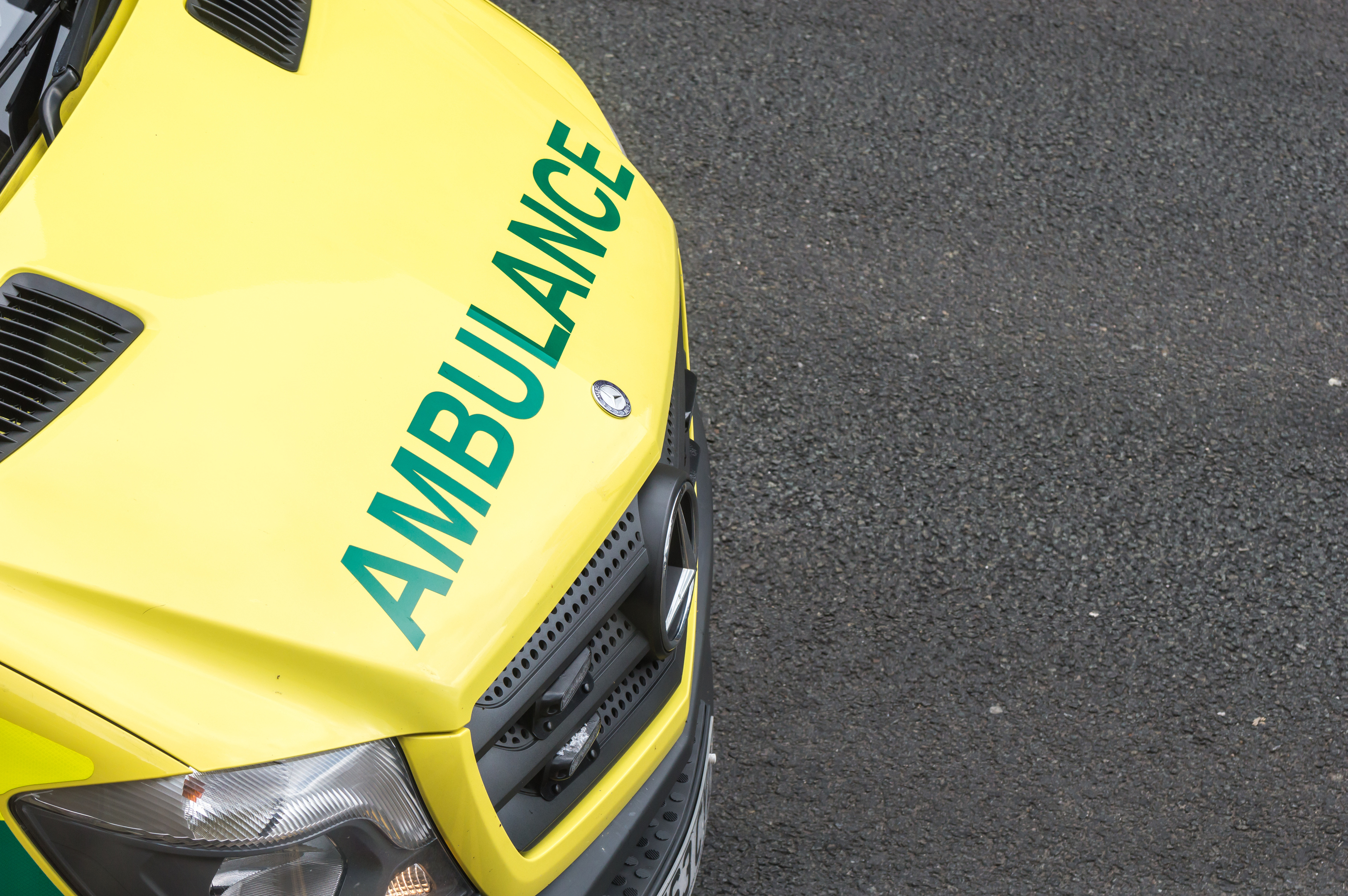
MORE than 10,000 ambulances have been dispatched with one crew member on board in the past four years despite Scottish Government policy limiting the practice to “exceptional circumstances”.
Paramedics were sent on their own to 2,204 emergency call-outs in 2016/17 – an average of six a day – according to figures obtained by the Scottish Conservatives.
The party said the level of single-crewed ambulance use is “unacceptable” given the Scottish Government warned against it a decade ago.
Then health secretary Nicola Sturgeon said at the time: “I have made it clear to the Scottish Ambulance Service that it must take action to eliminate rostered single-manning.
“The policy of the Scottish Government is clear – traditional accident-and-emergency ambulances should be double-crewed, with at least one member being a paramedic, unless in exceptional circumstances.”
There have been a total of 10,029 single-crewed ambulances dispatched since 2013/14.
During that period, the rate has fallen from a high of 3,514 in 2015/16 but remains above the 2013/14 low of 1,644.
Scottish Conservative public health spokeswoman Annie Wells said: “Everyone accepts that in the emergency services there will always be times where rules have to be bent and people need to adapt to developing situations.
“But for single crews to be sent out on 10,000 occasions in four years – when the specific policy is not to do that – is unacceptable.
“The SNP government has to take responsibility for this. Nicola Sturgeon herself said she would end this practice nearly a decade ago but next to no progress has been made.”
The Scottish Ambulance Service told the Conservatives it “does not routinely” roster staff to work alone in a double-crewed vehicle.
The service added: “Every effort is made to double-crew all shifts, however there will be occasions when some shifts will be single-crewed due to short notice, unplanned staff absence where additional staffing cannot be arranged.
“This is exceptional and represents a very small proportion of the number of shifts double-crewed each year.
“A single crew will be sent to an incident if they are the closest resource to provide a patient with immediate care but they will always be backed up by a double crew.”
Health Secretary Shona Robison said: “The number of instances of single crewing remains low in comparison with the actual number of shifts across Scotland, taking into account the patterns of greatest demand for the service.”
She said paramedic numbers have risen by 13.9% between September 2007 and June 2017, and overall staff numbers in the service rose 16.5% in the period, adding that 1,000 extra paramedics will be trained in the next four years.
She said: “This will help reduce pressure on A&E and to support primary care transition, and we will continue to work closely with them to reduce single crewing across Scotland.”
A Scottish Ambulance Service spokeswoman said: “The statistics being quoted need to be seen within the wider context of over 160,000 shifts across this period, meaning only 1.3% of these were single-crewed.
“We continue to recruit and train staff across the service to ensure we provide a high level of patient care at all times.”
A Scottish Ambulance Service spokeswoman said: “The statistics being quoted need to be seen within the wider context of over 160,000 shifts across this period, meaning only 1.3% of these were single-crewed.
“We continue to recruit and train staff across the service to ensure we provide a high level of patient care at all times.”

Enjoy the convenience of having The Sunday Post delivered as a digital ePaper straight to your smartphone, tablet or computer.
Subscribe for only £5.49 a month and enjoy all the benefits of the printed paper as a digital replica.
Subscribe